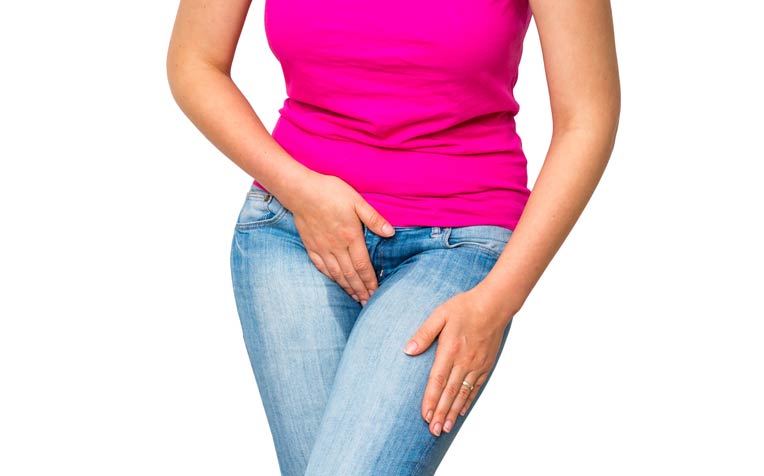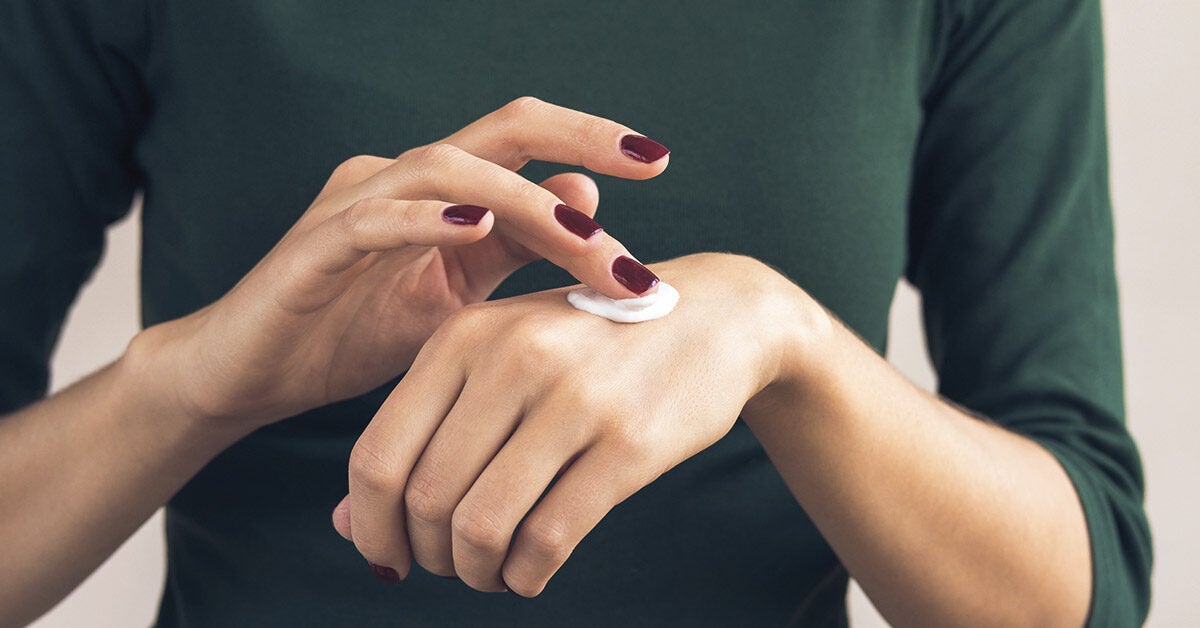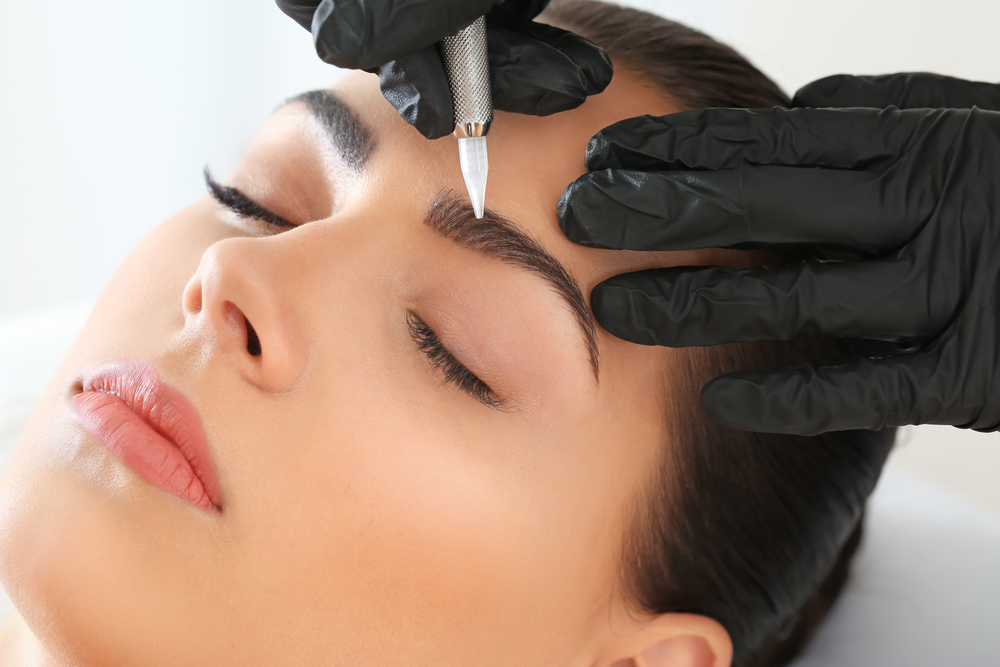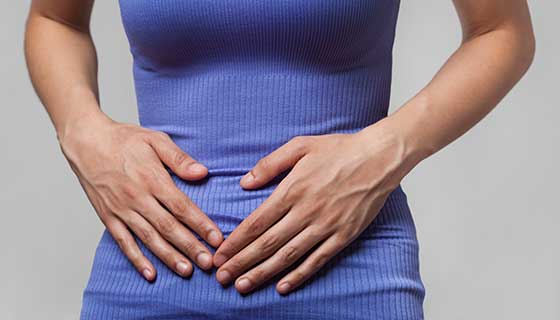Incontinence in Women: Common Causes and Treatment Options

Incontinence is a prevalent condition that affects many women worldwide, impacting their quality of life and emotional well-being. As such, it’s essential to understand the common causes of incontinence and the available treatment options, including the use of adult incontinence pants, to empower women to manage this condition effectively. So, read further to learn more about this condition and treatment options.
Understanding Incontinence
It is the involuntary leakage of urine, and this can occur in various forms, including stress incontinence, urge incontinence, and mixed incontinence. Stress incontinence occurs when pressure is exerted on the bladder, leading to urine leakage during activities such as coughing, sneezing, laughing, or exercising. Conversely, urinary incontinence is characterised by a sudden and intense need to urinate, often followed by leakage. Meanwhile, mixed incontinence is a combination of stress and urge incontinence.
Common Causes of Incontinence
Several factors contribute to the development of incontinence in women, such as:
- Pregnancy and Childbirth: During pregnancy and childbirth, the pelvic floor muscles and tissues may weaken or become damaged, leading to stress incontinence. The pressure exerted on the pelvic region during childbirth can also cause nerve damage, further impacting bladder control.
- Menopause: Hormonal changes during menopause can lead to a decline in estrogen levels, weakening the pelvic muscles and tissues and contributing to incontinence.
- Aging: As women age, the muscles and nerves that control the bladder may weaken, making them more susceptible to incontinence.
- Obesity: Excess weight can put additional pressure on the bladder and pelvic region, leading to stress incontinence.
- Certain Medical Conditions: Conditions such as urinary tract infections, diabetes, neurological disorders, and chronic coughing can also contribute to or worsen incontinence.
Treatment Options for Incontinence
The good news is that incontinence is a treatable condition, and several approaches can help women manage and improve their symptoms:
- Pelvic Floor Exercises: Pelvic floor exercises, also known as Kegels, involve contracting and relaxing the pelvic floor muscles to strengthen them. These exercises can help improve bladder control and reduce leakage.
- Lifestyle Modifications: Making certain lifestyle changes can significantly impact incontinence. Maintaining a healthy weight, avoiding bladder irritants like caffeine and alcohol, and staying adequately hydrated can help manage symptoms.
- Medications: In some cases, healthcare professionals may prescribe medications to relax the bladder or reduce bladder spasms.
- Behavioural Techniques: Techniques such as bladder training involve scheduled bathroom visits to improve bladder control and reduce the frequency of urgency.
- Medical Devices and Procedures: For severe cases of incontinence, medical devices such as pessaries or surgical procedures may be recommended to support the pelvic organs or repair bladder function.
The Role of Adult Incontinence Pants
While seeking treatment for incontinence, many women find adult incontinence pants to be a practical and discreet solution. These pants are designed with advanced technology to provide comfort, absorbency, and leakage protection, allowing women to go about their daily activities with confidence and peace of mind. They come in various styles, including disposable and reusable options, catering to individual preferences and needs.
Conclusion
Incontinence may be a prevalent condition, but it doesn’t have to hinder women from living their lives to the fullest. With the right combination of treatments, incontinence management strategies, and the support of products like adult incontinence pants, women can regain control and confidence in their daily lives. Also, it’s essential to remember that seeking help from healthcare professionals and adopting a positive mindset is key to effectively managing incontinence and improving overall well-being.
Recent Posts
 What are Some Common Mistakes to Avoid While Trimming Your Beard?
What are Some Common Mistakes to Avoid While Trimming Your Beard? A Guide to Updating Your Skincare Routine for Summer
A Guide to Updating Your Skincare Routine for Summer 5 Things To Keep In Mind When Ordering From A China Hair Factory
5 Things To Keep In Mind When Ordering From A China Hair Factory Why Moisturising Your Hands Is So Important?
Why Moisturising Your Hands Is So Important? What Is Your Curl Pattern Type, And How Do You Deal With It?
What Is Your Curl Pattern Type, And How Do You Deal With It? Dermal Fillers: What Are Dermal Fillers, How Are They Used, And Who Uses Them?
Dermal Fillers: What Are Dermal Fillers, How Are They Used, And Who Uses Them? How Filorga Optim Eyes Works
How Filorga Optim Eyes Works Reverse Balayage: A Low Maintenance Cost For Beauty in Winter
Reverse Balayage: A Low Maintenance Cost For Beauty in Winter Shape the Brows with efficient Eyebrows Tinting
Shape the Brows with efficient Eyebrows Tinting Different Types of Hair Extensions
Different Types of Hair Extensions

